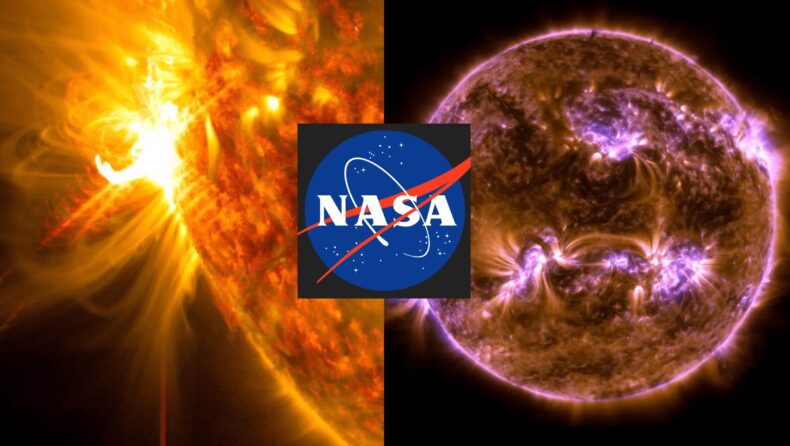Within the time of monitoring, Nasa has recently observed the strong solar flare activity in the Sun on January 5, 2024.

On January 5, The American space agency, NASA, observed the emission of a strong solar flare in the Sun, peaking at 7:57 p.m. This solar flare was recorded by NASA’s Solar Dynamics Observatory (SDO) which watches the Sun constantly and captures images of the event.

Solar flares are mainly powerful bursts of energy. Flares and solar eruptions can cause disruption to radio communications, electric power grids, and navigation signals, and also pose risks to spacecraft and astronauts.
This strong flare activity in the Sun is classified as an X1.2 flare. An X-class solar flare is the most powerful type of solar flare, and its classification is based on the peak flux (in watts per square meter, W/m2) of X-rays emitted by the flare. Further, X-class flares are divided into subclasses, with the X1 being the weakest and X9 would be the strongest.

An X1.2 solar flare is a solar flare that would be in the X1 class, but it is slightly stronger than an average X1 flare. Mainly, an X1.2 solar flare has a peak flux of 1.2 x 10-4 W/m2. This is still a very powerful event, and it can be the cause for significant disruptions to radio communications and GPS signals on Earth. It may also produce a significant amount of solar energetic particles (SEPs), which may have a hazard to spacecraft and astronauts in space also.

NASA launched SDO for monitoring Sun
NASA’s Solar Dynamics Observatory is a spacecraft which was launched by NASA in 2010 to mainly study the Sun and its influence on Earth. It is a part of NASA’s Living with a Star (LWS) program, which would be on the way to understand the causes of solar variability and its impact on Earth. The SDO spacecraft is equipped with a set of instruments that allow it to observe and monitor the Sun in multiple wavelengths of light, including ultraviolet, visible, and also extreme ultraviolet. The data collected by the SDO is used to improvise our understanding of the Sun’s magnetic field, its solar wind, and how the Sun’s activity affects Earth’s climate and the environmental status.

It is quite recommendable to understand that the solar flares can impact Earth only when they occur on the side of the sun facing the Earth. It is because flares are made up of the photon and they travel out directly from the effective site. That’s why if we can see the flare, we can be impacted by it.
As per NASA, solar flare is an intense burst of radiation coming from the release of magnetic energy attached with the sunspots. Flares are the largest explosive event of our solar system.













